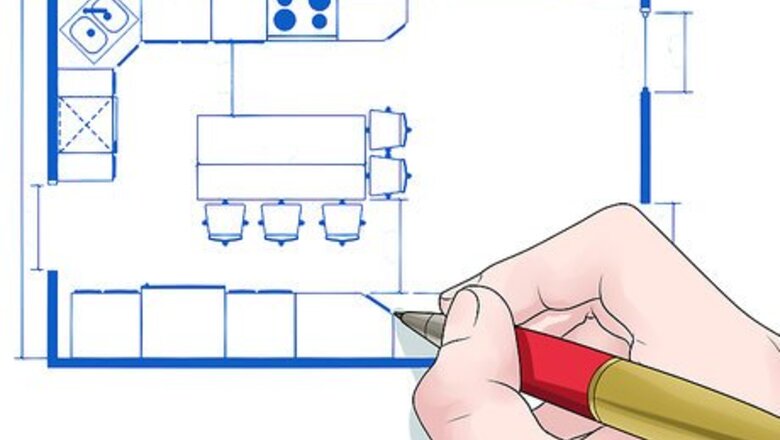
views
Getting Cabinet Installation Measurements

Make a general sketch of the kitchen. When it comes time to install your cabinets, you'll need to have a clear, accurate blueprint of your kitchen and everything in it. On a blank sheet of printer or graph paper, sketch out the shape of your kitchen and make marks indicating where your windows and existing appliances are. You don't need to nail the exact placement of everything since you'll be making separate notes indicating distance.
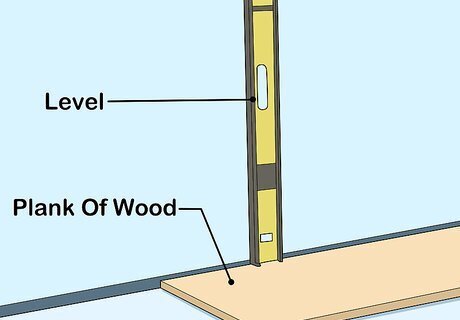
Find the height of your kitchen. Place a plank of wood on a segment of floor you plan to install cabinets over. Using a level, check whether or not the plank is completely flat. If it isn't, add small shims to either side until it is. Mark the area of the floor that needed the fewest shims, then remove the plank and measure from that spot to the ceiling. Note the measurement on your blueprint, then repeat the process for each section of installation floor.
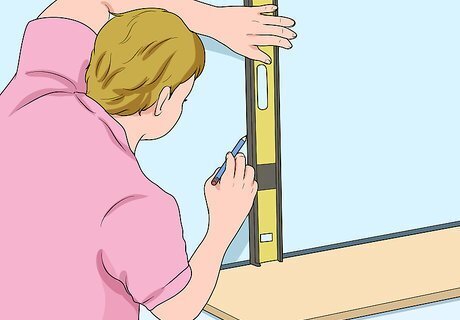
Measure the width of each wall. To see how much horizontal space your cabinets can take up, measure the width of each wall from corner to corner and record the numbers on your blueprint. Take your measurements from 36 in (91 cm) up, or the height most cabinet countertops sit at. Make sure to note any gaps in your walls created by things like doorways and arches.

Get measurements for any objects connected to the wall. Even in stripped down, bare-bones kitchens, you'll typically find a sink, an oven, windows, and other major accessories fixed to the wall. To see how much space they take up, grab a tape measure and find their length, width and, if necessary, depth. Remember to record the measurements on your blueprint.

Find the distance between objects on the wall and both your floor and ceiling. This will help you make sure there are no obstacles in the way of your cabinet installation. If something located over an installation spot, such as a window or sink, sits lower than the top of a base cabinet or higher than the bottom of a wall cabinet, look into moving your cabinet or purchasing a custom cabinet designed to accommodate the object.

Make note of any existing lines, jacks, outlets, and other fixtures. Like all parts of your house, your kitchen can only function properly if it has access to water, electricity, and other utilities. To avoid damaging your kitchen's infrastructure, make notes on your blueprint indicating the location of all important lines and fixtures, including: Water lines Drains Power outlets Range outlets Light switches Light fixtures Ventilation shafts Phone jacks
Finding the Measurements of Existing Cabinets
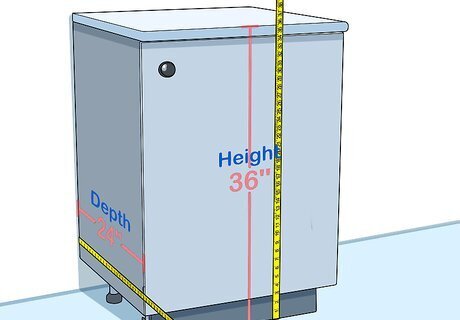
Find the total height and depth of each cabinet. Using a tape measure, determine the height of each cabinet from base to tip and the depth of each cabinet from front to rear. For accuracy, figure out the depth by measuring from the outside of each cabinet, not the inside. Make sure to include any toe kicks, countertops, frameless doors, or other appendages in these measurements. Standard size base cabinets have a height of 36 in (91 cm) and a depth of 24 in (61 cm). Standard size wall cabinets have a depth of 12 in (30 cm) but feature variable heights.
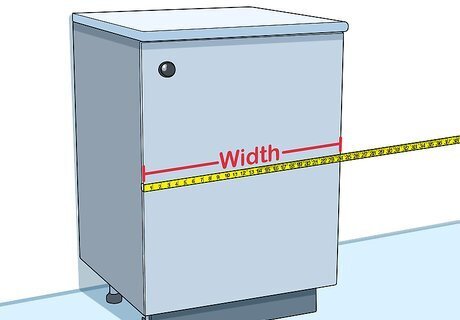
Measure the width of each cabinet. Just like when finding the height and depth, determine the width of each cabinet using a tape measure. Keep in mind that even if a cabinet looks like a single unit, it may be made of multiple cabinets that each have their own width. Unlike with the previous measurements, kitchen cabinets do not have standard widths.

Find each cabinet's interior measurements. The inside of a cabinet will be slightly, if not significantly, smaller than the outside. Because of this, you'll need to find each cabinet's interior height, width, and depth separately from the exterior measurements. This is especially important if you plan on altering the inside of a cabinet with things like shelves or mirrors.

Check the measurements of any cabinet appendages. Depending on a cabinet's specific design, it may come with additional elements like a toe kick, oversized countertop, or frameless door. Though your initial measurements already included these appendages, finding their height, width, and depth separately will give you a more accurate picture of how large each cabinet is.
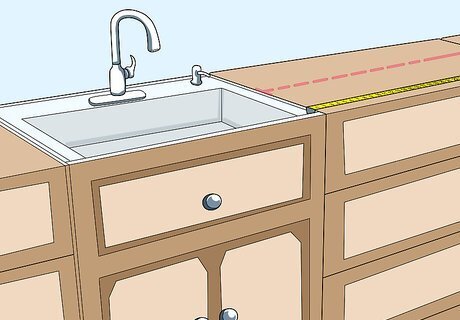
Find the distance between your kitchen cabinets and other fixtures if necessary. If you plan on adding, removing, replacing, or extending a kitchen cabinet, you'll need to know the distance between it and any surrounding fixtures. To do so, run a tape measure from your cabinet to adjacent or nearby objects like windows, sinks, ovens, dishwashers, and other cabinets.












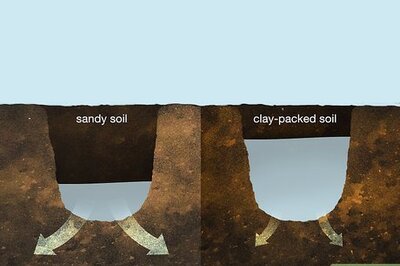





Comments
0 comment